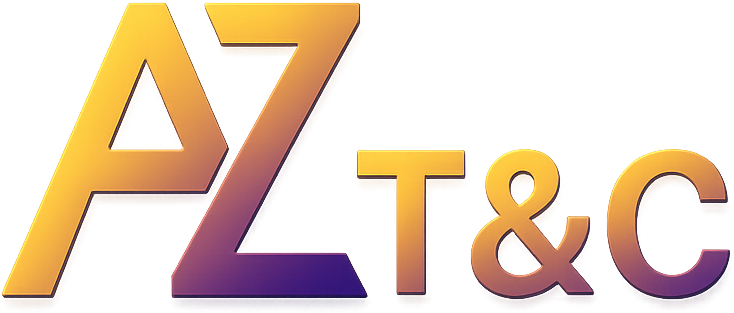Every Site Requires a Different Security Approach
Every WordPress implementation presents a distinct security profile. Effective protection is not a generic checklist; it is a targeted, environment-specific strategy that accounts for how and where your site is hosted, which services sit in front of it (e.g., Cloudflare, Azure), and which business functions must remain uninterrupted.
1. Security Starts with Hosting: Match the Layers to Your Setup
- Shared hosting: Cost-efficient but higher lateral risk; prioritize strict file permissions, isolation of environments, and tuned web application firewall (WAF) rules.
- VPS/Dedicated servers: Greater control and responsibility; maintain OS and middleware patching, hardened firewalls, and active log review.
- Managed WordPress hosting: Baseline protections (backups, malware scanning, WAF) are common; verify that platform defaults align with your plugins, APIs, and editorial workflows.
- Cloud and edge services (Cloudflare, Azure): Place intelligent protection in front of WordPress. Cloudflare WAF and bot management, Azure Web Application Firewall, and Azure Application Gateway can filter exploits, absorb DDoS, and enforce TLS before traffic reaches your server.
2. Protect Functionality Without Breaking It
- Tune WAFs to your site: Default rule sets often block legitimate AJAX, REST API, or form traffic. Configure allowlists and precise exclusions for endpoints like /wp-login.php, /wp-json/ , and payment or CRM callbacks.
- Design for integrations: Custom API endpoints, webhooks, and third-party services require endpoint-aware policies, rate limits, and verification mechanisms that don’t impede business flows.
- Apply access controls pragmatically: Role design and MFA should reflect real editorial and administrative workflows so security strengthens operations instead of hindering them.
- Use staging as a safety valve: Validate plugin changes, caching rules, and firewall updates in staging to prevent production outages.
3. Strategic Security Layers Beyond the Obvious
- Application-aware firewalls: Configure Cloudflare WAF, Azure WAF, or Azure Application Gateway with endpoint-specific policies, bot controls, and anomaly detection; offload TLS and use managed rule sets where appropriate.
- Segmentation and restricted entry: Gate admin, SSH, database consoles, and wp-admin to known IPs or VPNs; adopt least-privilege for system and application identities.
- Recovery that is actually testable: Maintain off-platform backups and perform periodic restoration drills to validate recovery point and time objectives.
- Centralized logging and monitoring: Aggregate logs from the edge (Cloudflare), the gateway (Azure Application Gateway/WAF), and the application; alert on suspicious patterns via Azure Monitor or your SIEM.
- Compliance-aligned data handling: Map retention, encryption, and access review to applicable frameworks (e.g., HIPAA, PCI DSS, GDPR) to reduce legal and operational risk.
4. Tailoring by Hosting Type: A Quick Comparison
| Hosting Type / Layer | Security Provided | What Requires Strategic Tuning |
|---|---|---|
| Shared Hosting | Basic firewall, SSL, limited backups | Strict permissions, malware scans, WAF rules tuned to forms and logins |
| VPS/Dedicated Server | Complete stack control | OS patching, network firewall policy, intrusion detection, log review |
| Managed Hosting | Auto-updates, backups, platform WAF | Plugin/API compatibility validation, configuration audits, least-privilege roles |
| Cloudflare / CDN with WAF | DDoS absorption, exploit rule sets, bot management | Endpoint exclusions for REST, webhooks, payment/CRM callbacks; authenticated origin pulls |
| Azure WAF / Application Gateway | Enterprise traffic filtering, SSL offload, routing | Custom policies per endpoint, rate limiting, integration with Azure Monitor/Defender |
| Headless or API-Driven Builds | Custom endpoints and services | CORS policies, token lifetimes/rotation, gateway-level inspection per route |
5. A Strategic Approach to WordPress Security
Robust security results from a structured, environment-specific plan that reflects your hosting model, integrations, and risk tolerance. An effective program is hosting-aware, functionally aligned, layered across DNS/edge/application/server, monitored with actionable telemetry, and adaptive as your site and requirements evolve. AZT&C designs and maintains architectures that keep WordPress resilient, compliant, and fully operational—without compromising the experiences your business depends on.
Need Expert Guidance?
Work with AZT&C to build a security strategy tailored to your hosting environment and business requirements.

